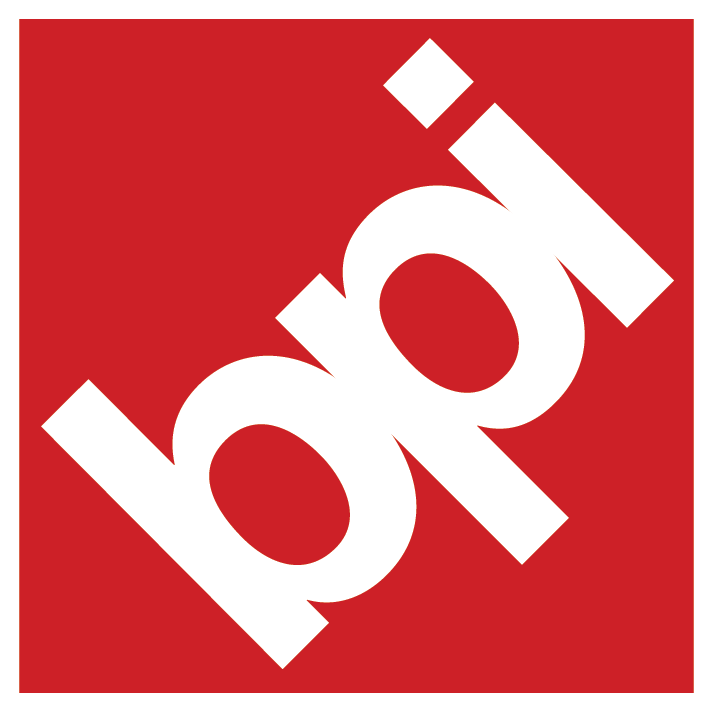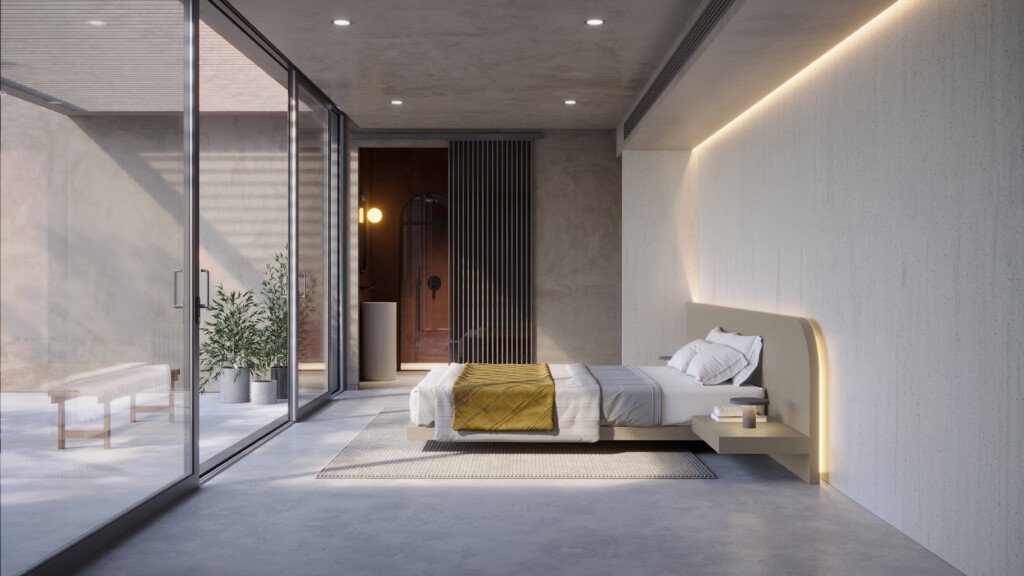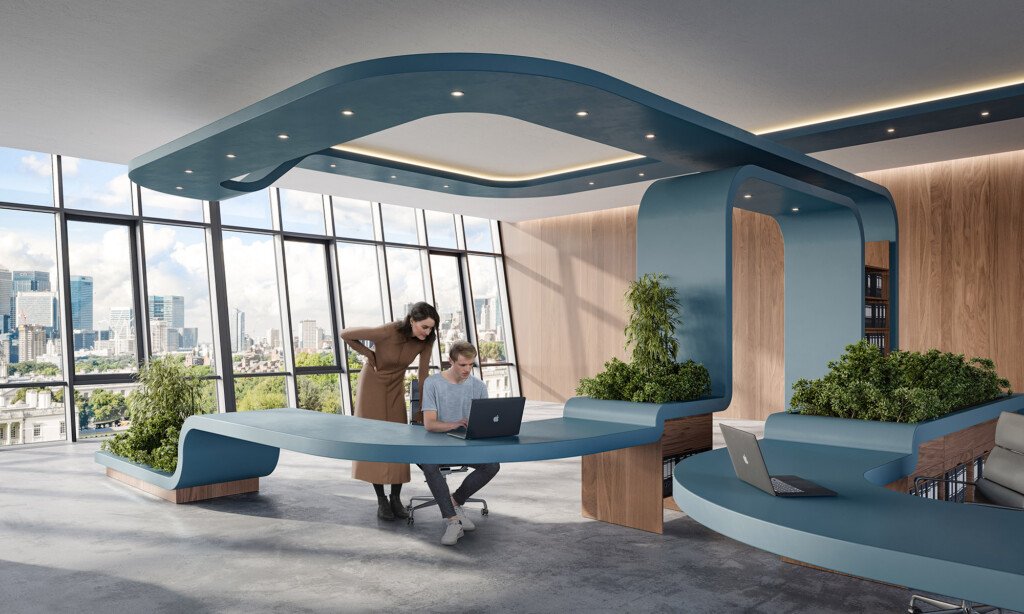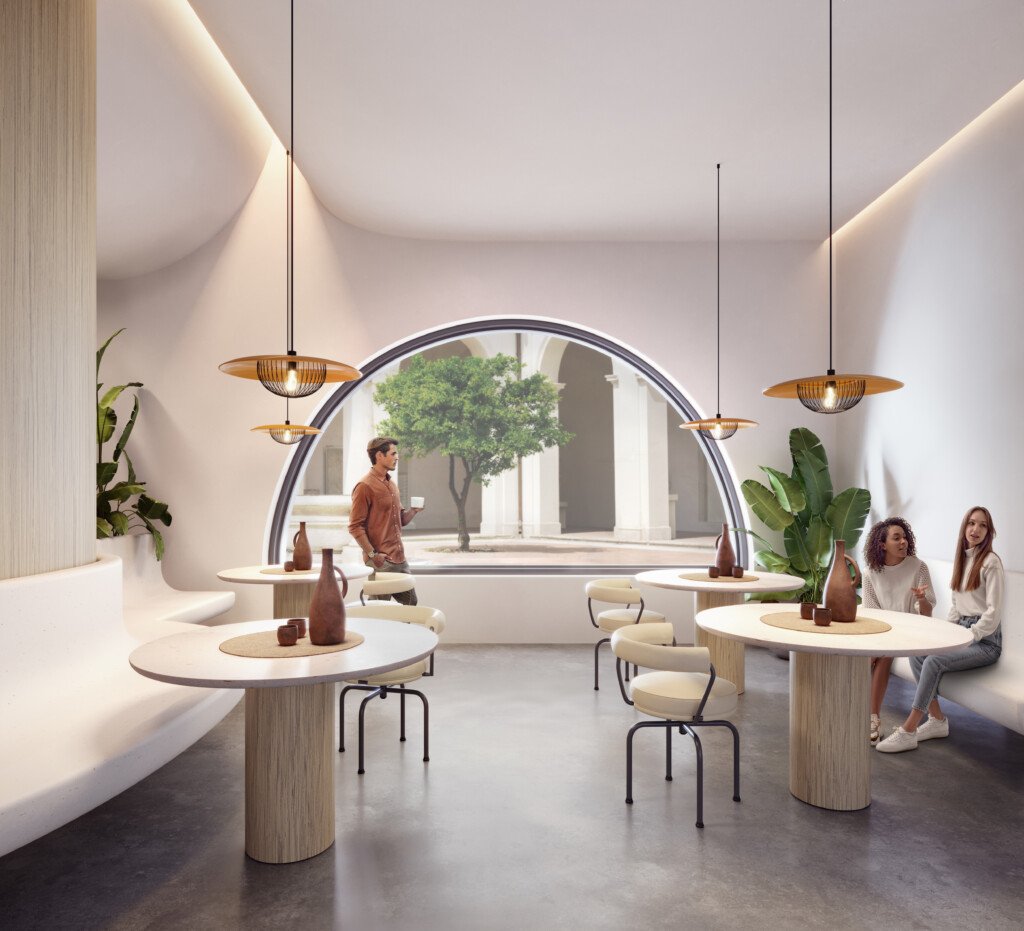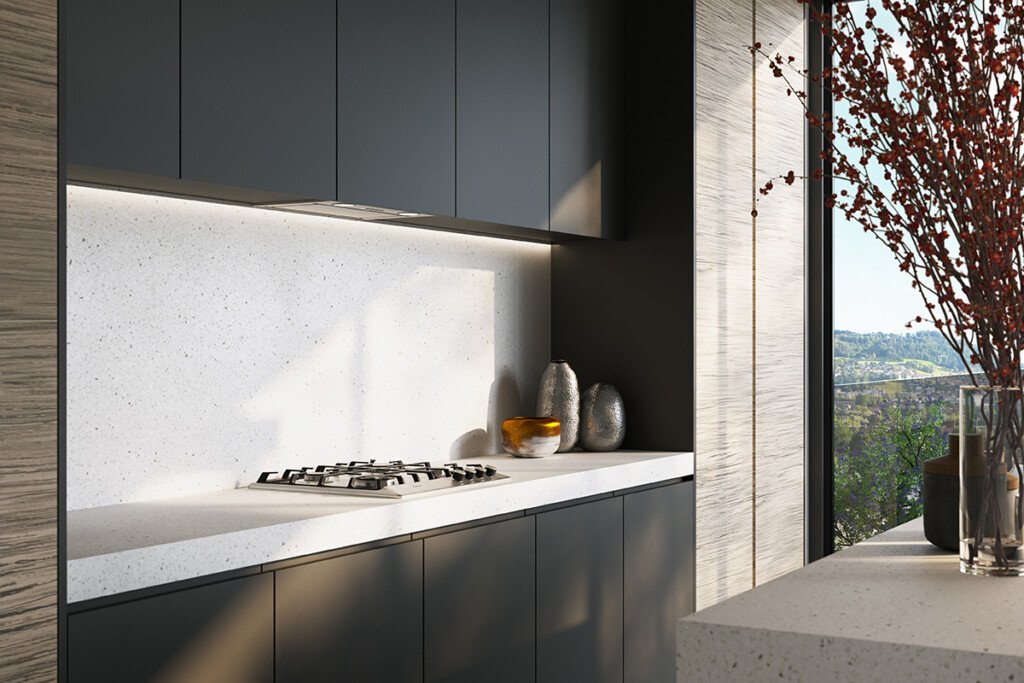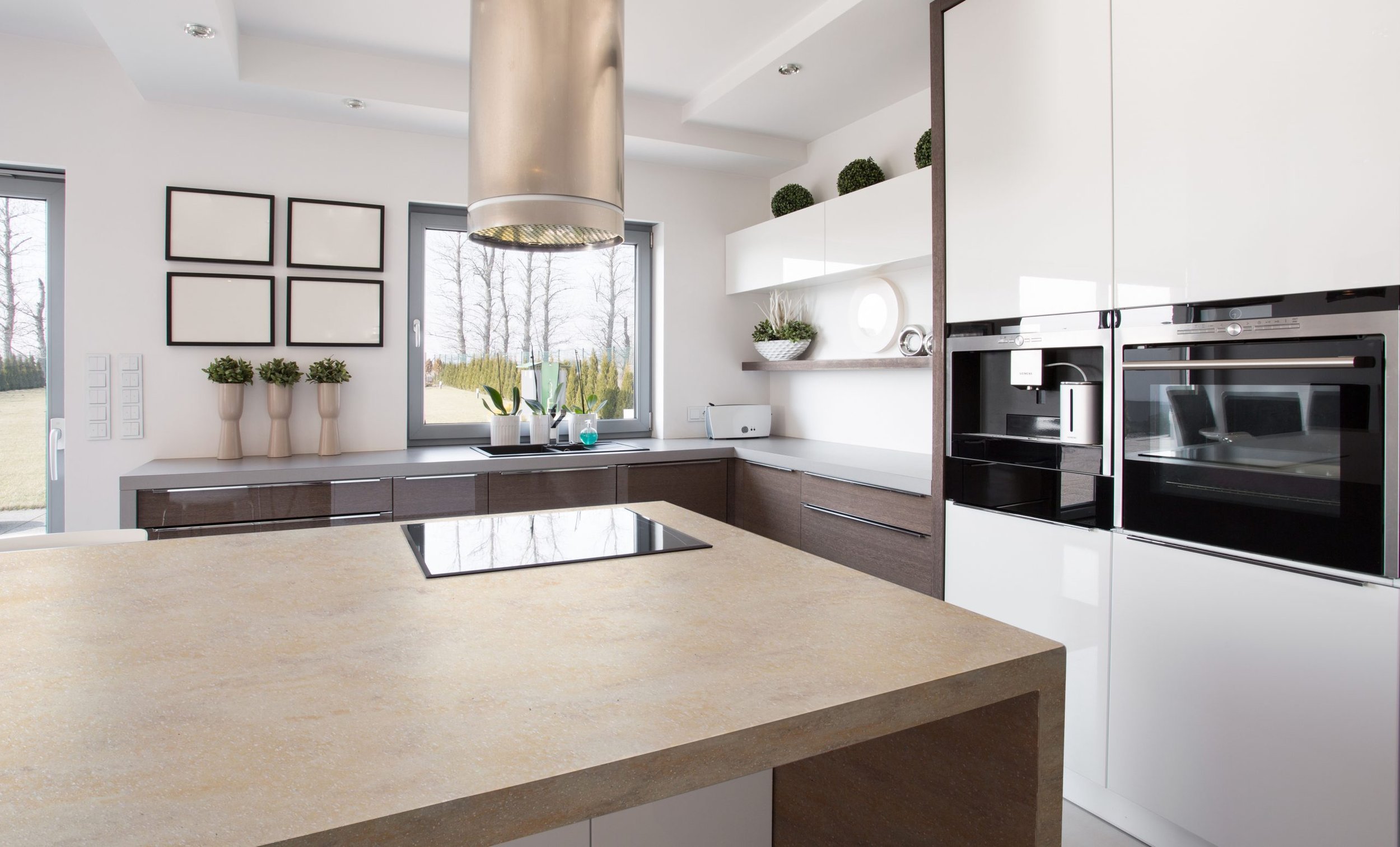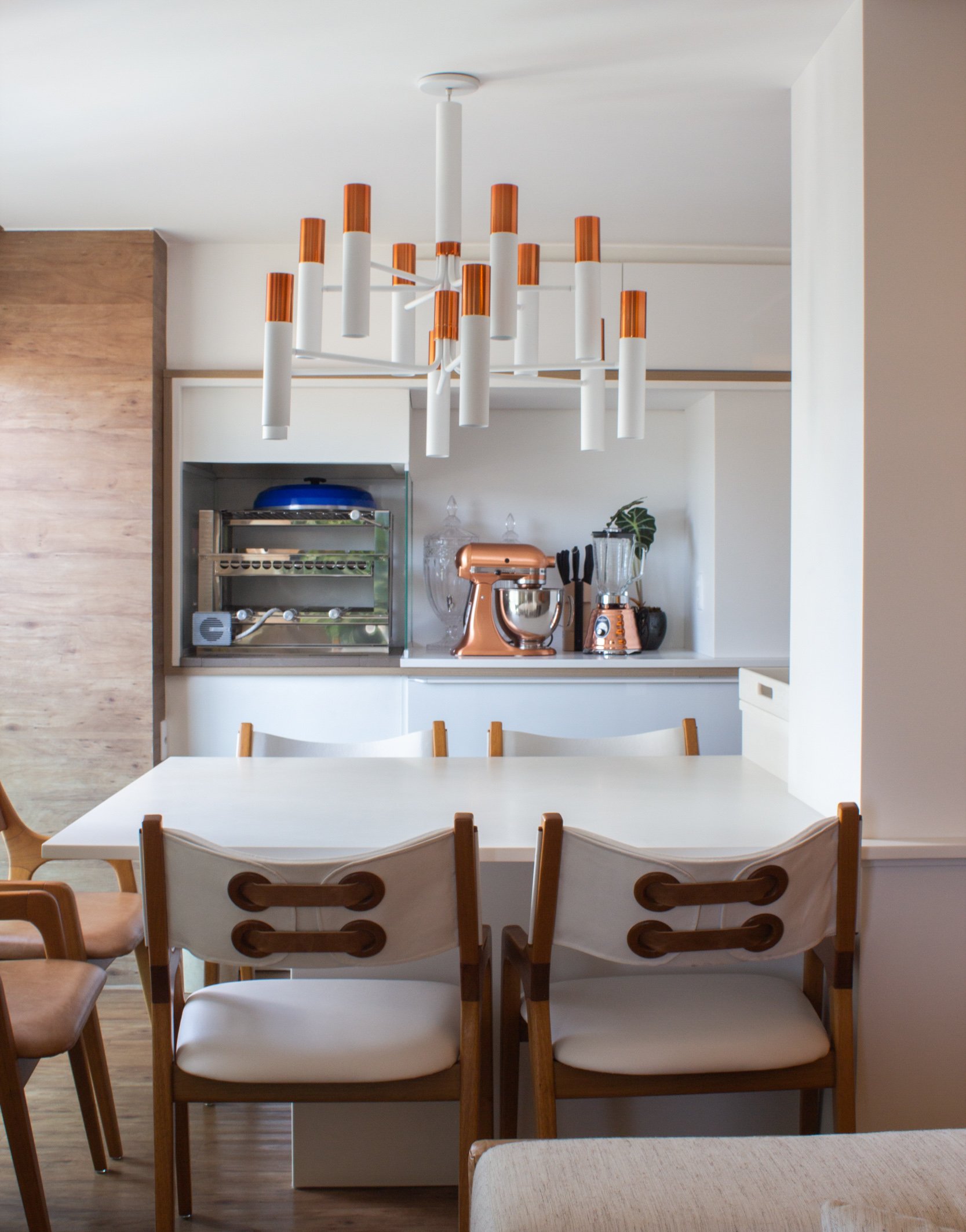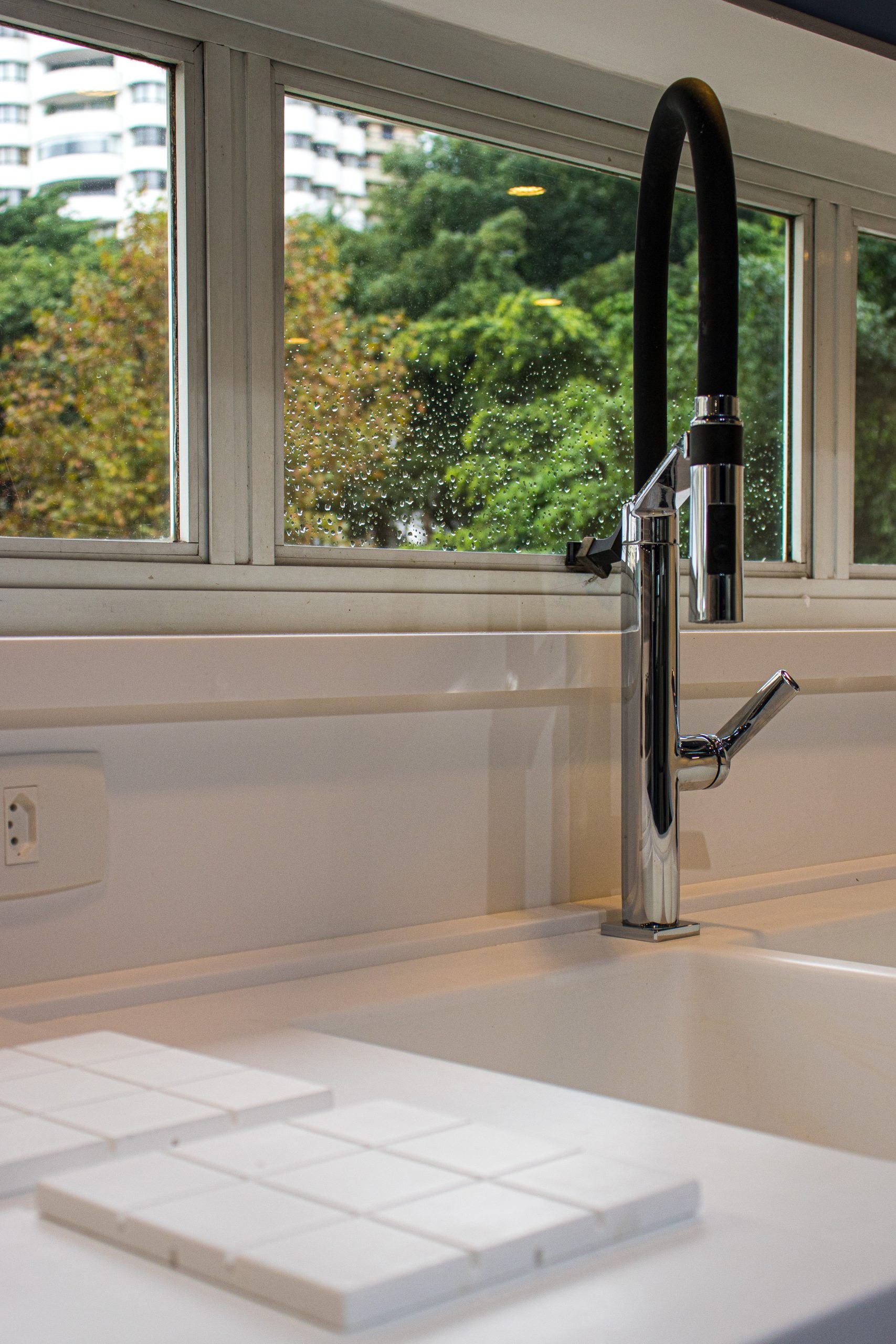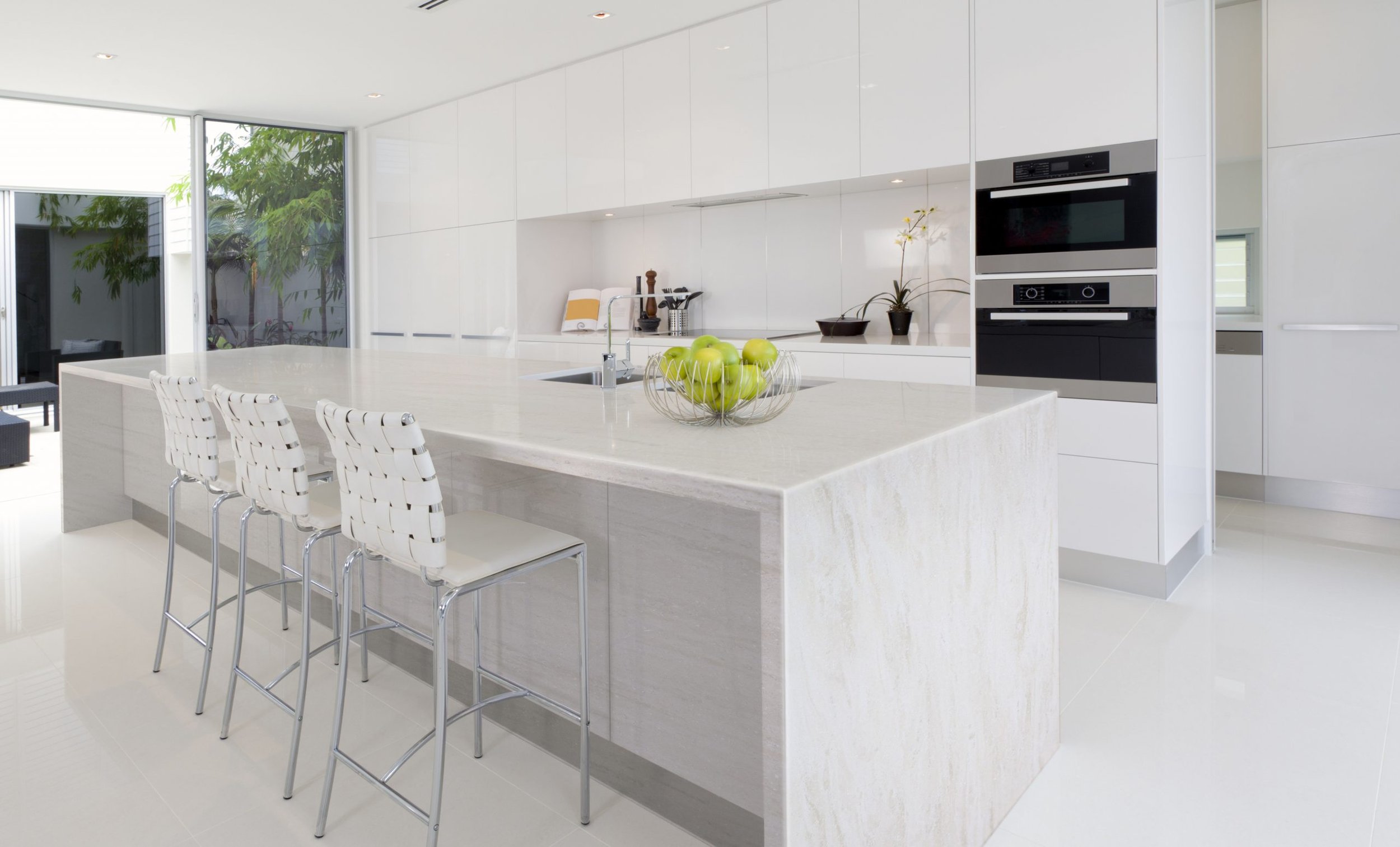Rebranding Solid Surface
Mike Perkowski has been a solid surface specialist at BPI for 32 years, but he has been in this industry for much longer. His journey in the Solid Surfaces market started at a company distributing DuPont, which was established during the early Revolutionary War supplying gunpowder to George Washington’s army and would later become one of the largest chemical companies in the world. It was at this company that he specialized in a Solid Surface brand called Corian. This material was created by DuPont in 1964 and was the first solid surface created.
About eight years into his career as a Corian Specialist, DuPont began going through a transition period, and Mike felt it was time to move on. BPI was working as a distributor with Dupont then, and Mike was able to interview with them. BPI offered him a job that day as a Corian Specialist, and years later, the opportunity presented itself to Mike to become a Product Manager for all of division two products, including Formica laminate, butcher blocks, post forum tops, and eventually quartz.
What is a Solid Surface?
So, what is a Solid Surface? A solid Surface is a homogenous product, meaning it is the same from top to bottom. This product is non-porous, very durable, and with standard sheets being 12 feet long by 30 inches wide, solid surface products are the only countertop that is truly seamless. This seamless feature not only enhances the aesthetic appeal of the countertop but also makes it easier to clean, maintain, and prevent bacteria.
Thirty years ago, solid surfaces were the dominant luxury countertop material. But, once granite and quartz surfaces came into style in the 1980s, solid surfaces were pushed back. Granite countertops and quartz surfaces gained popularity due to their natural beauty, durability, and low maintenance requirements. These materials offered homeowners a luxurious and timeless look that solid surfaces couldn't match. As a result, solid surface manufacturers were no longer able to compete in that market – and transitioned to being almost completely a commercial product used in healthcare and hospitality.
Durasein Products
Over the next twenty years, solid surfaces stayed a 90% commercial product, but in 2019, a solid surface manufacturer called Durasein saw the potential in having solid surfaces back in the residential sphere. Perkowski got a call in 2019 from a Durasein representative about expanding BPI’s collection, but initially had no interest in taking on any more solid surfaces. The representative asked Perkowski for one hour of his time, and what the representative was able to show him was mind-blowing. Mike went back to BPI the next day and took on more of Durasein’s products.
Durasein had completely changed the look of the solid surface. They had a variety of bright, lively pastels, collections that mirrored real stone and quartz, and some that even had a wood-graining design. Mike knew that Durasein could change the game of solid surfaces and lucky for him – he was right.
Shortly after that meeting, the world entered into a Global Pandemic, Covid-19. Being able to stay safe and disinfect easily to avoid bacteria was more important to consumers than ever. Solid Surface had been used in health care for years due to its ability to create a seamless system that prevents the growth of bacteria – and because of this, it once again entered competitively into the residential market. Since then Durasein has flourished in the residential market while maintaining its dominance in the commercial sphere – making this product a choice that brings not only aesthetic but peace of mind to any homeowner or business owner. The success that Durasein has seen with its new designs and the added benefits that come with solid surfaces speaks for itself. Check out some of our favorite Durasein products below!
